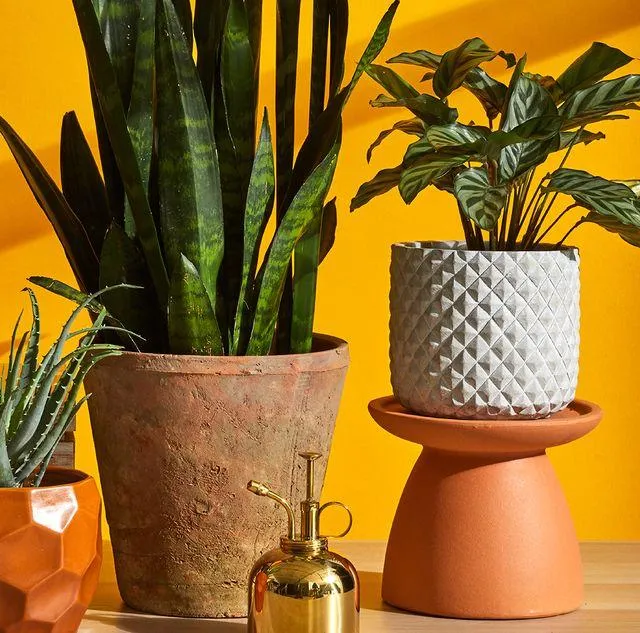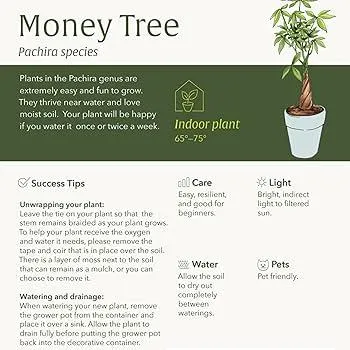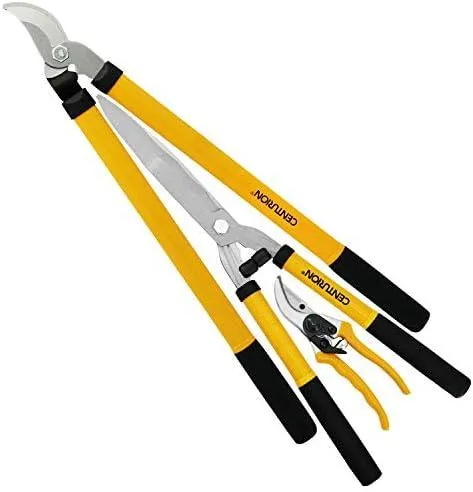The Best Indoor Trees to Brighten Up Your Home
If you want to bring a touch of nature inside but don’t have a yard, indoor trees are a great option. They can add beauty, oxygen, and visual interest to any room. In this article, I’ll cover the top trees suited for growing inside and answer all the questions a user may have when searching for “trees that can grow indoors”.
What Types of Trees Thrive Indoors?
- Chinese Evergreens – These are very tolerant of low-light conditions and don’t require much care. They come in various leaf shapes and colors. From my experience, their lush foliage really lifts an indoor space.
- Dwarf Umbrella Plants – Their compact size and interesting leaves make them ideal for small spaces. I’ve found they do well in average indoor temperatures and humidity levels.
- Fig Trees – If you have adequate sun, a fig tree can produce delicious fruit right inside your home! They don’t mind dry indoor air either.
- Jade Plants – Their hardy nature and interesting geometric leaves bring an attractive natural element indoors. In my apartment, a jade plant has survived for over 5 years with minimal care.
- Dwarf Date Palms – Despite their exotic appearance, these stay relatively short and thrive on moderate light. The minimal maintenance needed makes them great for busy schedules.
What Growing Conditions Do Indoor Trees Prefer?
Indoor trees have adapted to thrive in artificial environments, but they still need certain criteria to flourish:
– Light – Most require moderate to bright, indirect sunlight for at least 6 hours daily. Southeast windows provide great natural lighting.
– Temperature – Between 65-80°F is ideal. Drafty areas or near heat sources should be avoided.
– Humidity – Keeping humidity around 50% helps prevent leaf drop. Group plants together or use pebble trays to boost humidity levels.
– Soil – Well-draining potting mixes suited for houseplants work well. Check soil moisture regularly and allow the top inch to dry between waterings.
– Fertilizer – Applying a balanced, water soluble plant food every 2-4 months during the growing season provides key nutrients.
With the right conditions, indoor trees can basically thrive as well inside as outside trees! Proper care ensures they remain a stunning decorative element.

How Do You Transport an Indoor Tree?
When relocating an indoor tree, it’s important to minimize stress on the roots. Here are some tips I’ve found useful:
– Transport right after watering to prevent dehydration of the root ball during transit.
– Place the potted tree in a portable container like a plastic tub, crate or burlap bag for support.
– Secure the container shut and pad all sides with bubble wrap or blankets for protection.
– Move the tree directly from one location to the next in one trip without unnecessary stops or delays.
– Upon arrival, acclimate the tree by placing in partial shade for a few days before returning it to its normal spot.
With careful handling, even large indoor trees can survive the move. Proper preparation makes a big difference!
What Maintenance Is Required for Indoor Trees?
Indoor trees are relatively low maintenance, but like all houseplants, they need some care to stay healthy. Here are the basics:

– Water when the top 1-2 inches of soil is dry. Overwatering is a common killer.
– Fertilize monthly during warm months using a dilute, water soluble formula.
– Dust leaves periodically with a dry cloth to remove debris and support photosynthesis.
– Repot every 1-2 years in the spring when the root ball fills the container. Use a soil mix for houseplants.
– Prune judiciously to maintain shape and size if needed. Take off no more than 1/3 at a time.
– Rotate the tree quarterly so all sides receive even lighting.
– Monitor for pests and address issues immediately before they spread.
With consistent care, indoor trees can have lifespans of many years, bringing you continuous joy! Their basic needs are very achievable.

From my experience, while some maintenance is required, indoor trees are basically low-effort houseplants that really transform a space. Their greenery lends beauty and oxygen with surprisingly little fuss. Does this help cover any other questions about growing trees indoors? Let me know if you need anything else!
Top Indoor Trees for Any Home
| Tree | Height | Light Needs | Care Level |
|---|---|---|---|
| Chinese Evergreen | 2-6 feet | Low light | Easy |
| Ficus | 2-15 feet | Medium light | Moderate |
| Mother-in-Law’s Tongue | 2-4 feet | Bright indirect light | Easy |
| Bonsai | Up to 2 feet | Bright light | Challenging |
| Dwarf Umbrella Tree | 3-6 feet | Medium light | Easy |
| Spider Plant | 1-3 feet | Low to medium light | Easy |
| Peace Lily | 1-4 feet | Medium to low light | Easy |
FAQ
-
What types of trees can grow inside?
There are quite a few tree varieties that basically thrive when kept indoors. Some common sorts are Chinese evergreen, ficus, dracaena, peace lily, and English ivy. Kind of shockingly, evenMINIATURE fruit trees such as dwarf apples or oranges can flourish downstairs instead of outside!
-
Do indoor trees need sunlight?
Sunlight is staggeringly important for indoor trees to photosynthesize and stay healthy. Aim to position them in an east- or west-facing window where they’ll get at least six hours of direct light every day. On the other hand, too much direct sun could burn the leaves. So perhaps keep them out of harsh midday rays.
-
How often should I water an indoor tree?
Water requirements differ by species, but as a basic guideline, check the soil regularly. If the top inch seems fairly dry, it’s probably time for a drink. When watering, soak the soil completely so the entire root ball is moistened. Despite common belief, under-watering indoor trees is way more of an issue than over-watering in most cases.
-
What type of soil is best?
When repotting indoor trees, go for a well-draining soil made for houseplants. Regular potting mixes often stay too soggy. You may want to add some perlite or gravel to the bottom of the pot to encourage drainage and provide airflow to the roots. The soil shouldn’t ever become soggy or remain constantly wet.
-
How do I know if my tree needs fertilizer?
Signs an indoor tree may need fertilizer include stunted growth, limited new leaves, and yellowing foliage. You can fertilize during the spring and summer using a diluted liquid houseplant food. But fertilizer isn’t at all necessary for certain slower-growing species. Research your tree’s needs. The best way to tell if it wants nuts is looking for warning signals with its appearance.
-
Can indoor trees get pests?
Just like outside plants, indoor trees can indeed get infested with various bugs. Keep an eye open for signs of spider mites, scale, or mealy bugs. Quarantine any newly purchased trees until you’re certain they’re pest-free. They may need an insecticide treatment or two to get rid of hitchhikers. Probably the lesser of two evils is dealing with pests indoors before they spread to other houseplants. Anyhow, prevention is always the best medicine through cleanliness.
-
How do I prune an indoor tree?
Pruning helps keep trees bushy, proportional, and aids their growth. It’s best done after flowering or during dormancy. Cut away any dead, diseased or damaged portions. Then prune for shape by thinning out overcrowded areas. Use sharp, sterile pruning shears or scissors. Make clean cuts just above a leaf stem or bud. Indoor trees often don’t require extensive pruning like their outdoor cousins. Any pruning should boost their appearance!

